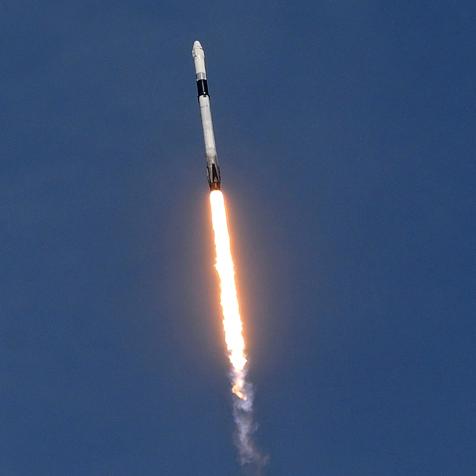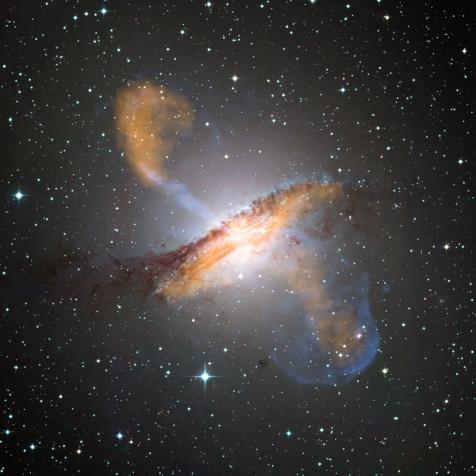
Donaldson Collection
NASA HQ to be Named in Honor of Mary W. Jackson
NASA announced Wednesday, June 24th that NASA's Washington, D.C. headquarters will now be named for Mary W. Jackson, the first black, female engineer at NASA.
If you're familiar with the film Hidden Figures, you know the impact that Mary W. Jackson and her fellow female engineers had on NASA's legacy. As we continue on a journey to equality, NASA is honoring the achievements of Ms. Jackson throughout her career as she fought adversity, segregation, and gender bias to become one of the foremost aerospace engineers of her generation.
In a statement from NASA Administrator Jim Bridenstine, he said, “Mary W. Jackson was part of a group of very important women who helped NASA succeed in getting American astronauts into space. Mary never accepted the status quo, she helped break barriers and open opportunities for African Americans and women in the field of engineering and technology.”
This follows a 2019 bi-partisan congressional bill to re-name the portion of the street that the headquarters sits on as 'Hidden Figures Way.' He continued, "...Today, we proudly announce the Mary W. Jackson NASA Headquarters building. It appropriately sits on ‘Hidden Figures Way,’ a reminder that Mary is one of many incredible and talented professionals in NASA’s history who contributed to this agency’s success. Hidden no more, we will continue to recognize the contributions of women, African Americans, and people of all backgrounds who have helped construct NASA’s successful history to explore.”


















